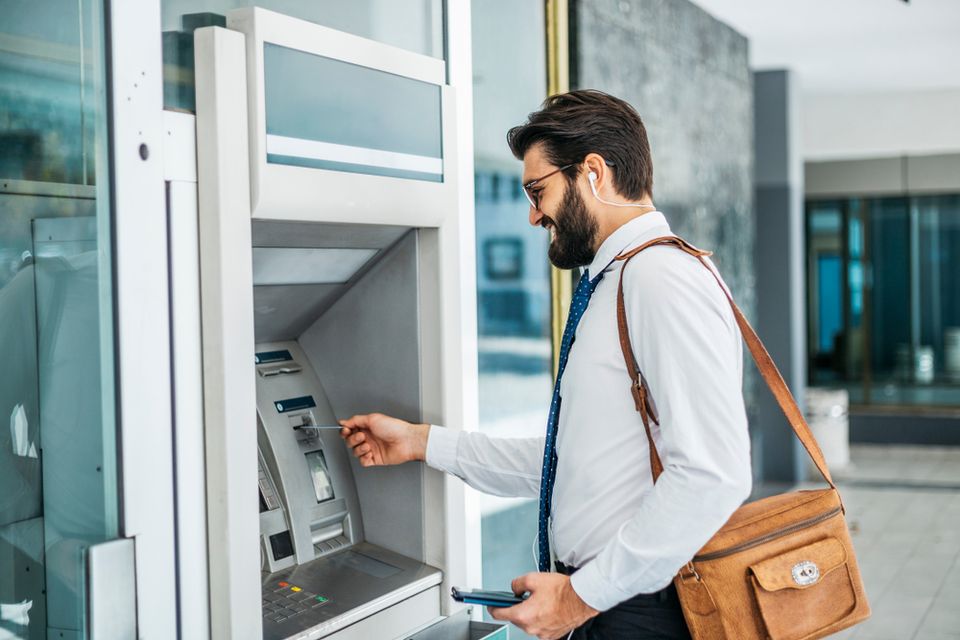
In the age of digital banking, Automated Teller Machines (ATMs) have become an integral part of our daily financial transactions. They offer the convenience of accessing cash, checking account balances, and performing other banking operations anytime and anywhere. However, with the rise of ATM-related frauds and thefts, it is imperative that individuals take proactive steps to ensure their transactions are secure and their financial information remains confidential. This discussion will delve into the various strategies you can employ to enhance your security at ATMs, including selecting secure locations, maintaining personal safety, safeguarding your card and personal information, securing transactions and receipts, and utilizing bank security features.
Choosing Secure ATM Locations
Selecting a secure location for your ATM transactions is the first line of defense against potential criminal activity. Ideally, you should use ATMs that are well-lit, situated in high-traffic areas, and within clear view of the public. Avoid using machines that are hidden away in corners, alleys, or behind obstacles that may provide cover for would-be thieves. It’s also advisable to use ATMs that are under surveillance or located within a bank branch, as these are generally more secure and monitored regularly.
When traveling, be extra cautious and use ATMs in reputable establishments such as banks, malls, or hotels, and avoid standalone units on the street or in remote areas. Additionally, be wary of machines that show signs of tampering, such as loose card slots or unusual attachments. These could be indicators of skimming devices designed to capture your card information.
Maintaining Personal Security
Your personal safety is paramount when conducting ATM transactions. Always be aware of your surroundings and be on the lookout for suspicious individuals loitering in the area. If someone is uncomfortably close or following you, find another machine or come back at a different time. When entering your PIN, shield the keypad with your hand or body to prevent anyone from viewing it. After completing your transaction, take a moment to ensure that you’re not being targeted as you leave the vicinity.
It’s recommended to conduct transactions during daylight hours whenever possible, but if you must use an ATM at night, take someone with you. Avoid counting cash at the machine; instead, quickly secure your money and card before moving away from the ATM.
Protecting Your Card and Personal Information
Keeping your card and personal information secure is essential to preventing unauthorized access to your accounts. Treat your ATM card like cash and always keep it in a safe place. Never share your PIN with anyone or write it down, especially not on the card itself. Be cautious when using ATMs in foreign countries, as they may not have the same security standards. Additionally, be aware of any assistance offered by strangers, as this is a common ploy used by thieves to distract victims.
If your card is lost or stolen, report it to your bank immediately. Most banks offer 24-hour hotlines specifically for this purpose. Quick reporting minimizes the potential for loss and allows the bank to take prompt action to protect your account.
Securing Transactions and Receipts
Each time you use an ATM, you must ensure that your transaction is secure. Always wait for the welcome screen before inserting your card, as this indicates that the previous session has been properly terminated. After finishing your transaction, verify that the welcome screen is displayed again for the next user, confirming that your session is closed.
Retain your receipts until you can verify the transactions on your bank statement. Do not discard them at the ATM site, as they may contain sensitive information that could be exploited if retrieved by someone with ill intent. Shred or destroy your ATM receipts before disposing of them to prevent any personal information from being compromised.
Utilizing Bank Security Features
Many banks have implemented advanced security features to protect their customers’ transactions at ATMs. These include encryption technology that secures the data transmission between the ATM and the bank’s network, one-time PINs or transaction codes sent via SMS, and biometric authentication methods such as fingerprint recognition. Familiarize yourself with the security features offered by your bank and take full advantage of them.
Regularly review your account statements and sign up for transaction alerts that notify you of any ATM activity via email or text message. This will allow you to detect any unauthorized transactions quickly and respond accordingly. In addition, keep your bank’s contact information easily accessible in case you encounter any issues while using an ATM.
ATM security is a shared responsibility between you and your bank. By choosing secure locations, maintaining personal safety, protecting your card and personal information, securing your transactions and receipts, and utilizing bank security features, you can significantly reduce the risk of falling victim to ATM-related crimes. Always stay vigilant, and do not hesitate to report any suspicious activities or security breaches to your bank. Remember that the few extra minutes you spend ensuring your ATM transactions are safe can save you from potential financial loss and identity theft. By following these recommended practices, you can confidently and securely manage your financial transactions at ATMs.